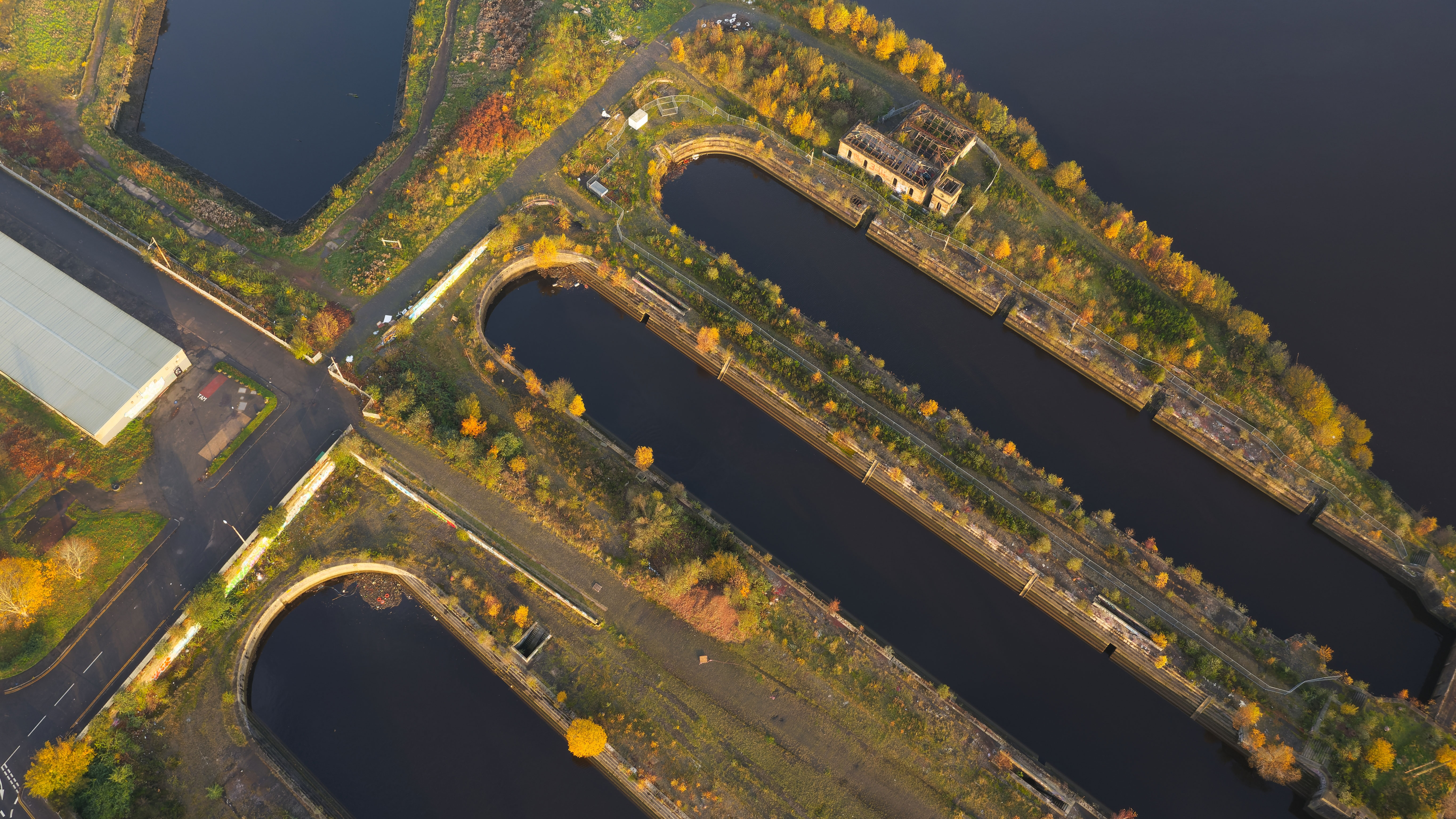
From November this year, the Environment Act 2021 means that most major consented developments in England will need to ensure a biodiversity net gain (BNG) of 10%.
Small sites will be introduced to the system from April 2024 and nationally significant infrastructure projects (NSIPs) are expected to follow in November 2025 (subject to consultation).
Developers will use Biodiversity Metric 4.0 to calculate how many biodiversity units they need to reach the target. A biodiversity unit is a combination of the habitat type, its size and its distinctiveness. Developers will use the metric to work out how many units they must compensate for. Developers can then deliver BNG in the following ways.
- on their development site
- off site, whether on land they own elsewhere or by purchasing units from other landowners
- by buying statutory credits from the government, as set out in its response to a consultation on BNG; these will be deliberately priced above market prices
- using a combination of the above.
The new off-site market is where landowners and their advisers come in. It is a chance to create or enhance areas of habitat that can be sold as biodiversity units to developers, enabling landowners to diversify their income. Biodiversity metric 4.0 will form the basis of the statutory metric.
'The new off-site market in biodiversity units is where landowners and their advisers come in'
Requirement aims to redress species decline
The UK is one of the most nature-depleted nations on the planet. Some 13% of species are threatened with extinction, more than 40% of species are in decline, and 133 of 8,431 species assessed have already become extinct in Great Britain according to National Biodiversity Network's 2019 State of Nature report.
The depletion of nature in England matters for our economy, health and well-being. Biodiversity loss poses risks to food security, increases the potential for transmission of diseases from animals to humans and exacerbates risks from climate change, as a DEFRA terrestrial impact assessment makes clear.
BNG is therefore a key part of the government's commitment in its Environmental Improvement Plan to halt biodiversity decline. It gives landowners the chance to join new nature markets and ensure development improves and enhances biodiversity rather than further eroding it. BNG does this by:
- Assigning value to all habitats: while we already protect designated sites and species, BNG helps extend this to other habitats. DEFRA hopes the policy will help change developer behaviour when choosing development sites. For example, they may opt for sites with a larger proportion of low-value habitat, which requires less compensation for biodiversity loss.
- Moving beyond minimising loss: BNG contributes towards nature recovery by enhancing existing habitats or creating new ones in a targeted way. Where rare and valuable habitats need to be replaced, they must be exchanged with the same type of habitat, for example a broadleaved woodland must be replaced with a broadleaved woodland.
Landowners presented with market opportunities
BNG is an opportunity for landowners to diversify their income. In a 2021 report commissioned by DEFRA, EFTEC estimated the market for off-site units to be worth between £135m and £274m annually, likely with an advantage for those who act early while the supply side is getting established.
The requirement for BNG can also complement and improve agricultural activities. As well as providing natural pest control and vital pollination, using land strategically for BNG can help meet regulatory requirements such as creating buffer strips for waterways. Meanwhile, certain habitats, including wetlands and woodland respectively, help support climate adaptation, for instance by providing flood resilience and cooling effects.
The Royal Society has also demonstrated that setting aside up to 8% of farmland for nature is compatible with, and can even increase, crop yield.
'EFTEC estimated the market for off-site units to be worth between £135m and £274m annually'
Understanding BNG's place in nature recovery schemes
The off-site BNG market is part of a wider picture of measures to help nature recover. Landowners have a choice of schemes and combinations, including (and not limited to): BNG, Environmental Land Management schemes (ELMs), selling into the voluntary carbon market and various local grants. Because of this, we recommend you research the options and weigh them up according to your own situation.
BNG is different, for instance, from agri-environmental payments such as the environmental land management scheme in that you'll be competing to sell in a private market. The government is therefore publishing a variety of guidance in the run-up to BNG becoming a formal requirement, including topics such as:
- understanding biodiversity net gain
- selling biodiversity units as a land manager
- combining environmental payments for BNG and nutrient mitigation, referred to as stacking.
There is also a general collection of information on BNG and you can keep up to date with the development of digital services.
Maintaining habitat in the long term
Under the Environment Act 2021, all off-site BNG must be maintained and legally secured for 30 years. This is to ensure that habitat is properly established. To guarantee the best outcomes for nature, we hope that landowners will then choose to continue maintaining and protecting the habitat in perpetuity.
This doesn't mean income from the land will stop: you could sell further habitat enhancements as BNG units, or enter another ecosystem services market such as carbon sequestration.
Getting ready to join the BNG market
If you're considering providing habitat for BNG, then we'd encourage you to carry out a baseline survey of potential sites to establish the financial and ecological viability of doing so.
You could choose to secure a buyer for your biodiversity units before starting the habitat works. Alternatively, you could begin works ahead of sale, which is known as habitat banking, and benefit from the increased value for this in the biodiversity metric. Starting work early can increase the number of units available for sale in just a few years.
Consider doing local research: for example, speak to your planning authority, environmental organisations, land agents and others to understand their priorities for nature recovery and what types of habitat developers might need.
BNG will also support local nature recovery strategies (LNRS), which are mandated under the Environment Act 2021 and are currently being rolled out. LNRS will introduce an England-wide system of spatial strategies that will establish priorities and map proposals for specific actions to drive nature's recovery and provide wider environmental benefits. The biodiversity metric will reward habitat creation that falls within an LNRS.
When mandatory BNG comes into force and the off-site market launches fully in November, it'll be a positive step towards recognising the value of nature in England, including the vital role landowners play in biodiversity recovery. However, we also know from the international context that it won't be a silver bullet and it won't work perfectly from day one. It will take evaluation and learning to ensure BNG reaches its full potential. But we think it's a journey worth taking, and we hope you'll join us.

